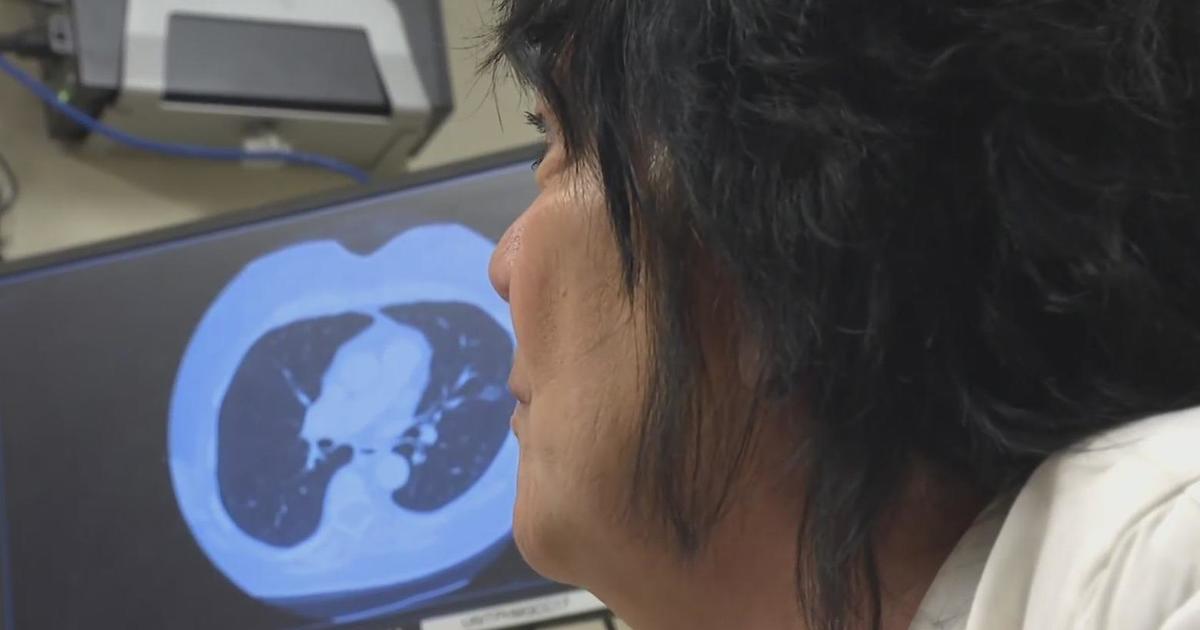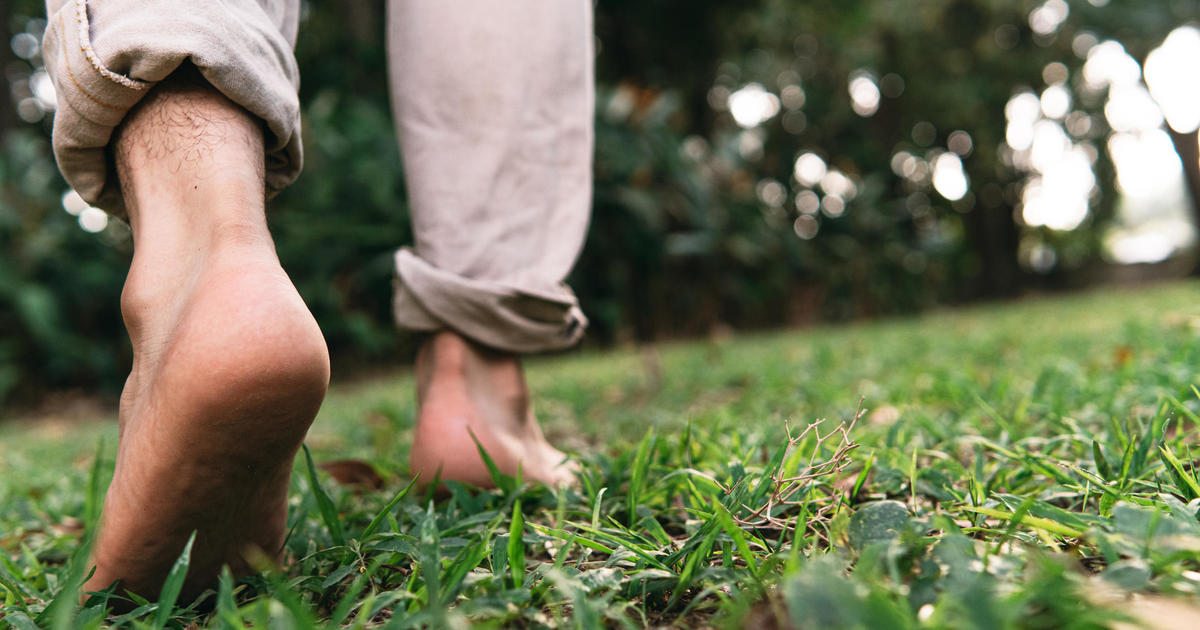Could Stem Cells Be Used To Treat Cartilage Damage?
PITTSBURGH (KDKA) - How about re-growing your own cartilage and tissue with your own stem cells?
More and more doctors are offering this to patients with damaged joints.
Bob Teagarden was used to running up to 40 miles a week, but he was in pain.
"I had a tightness in the middle of my foot," he said.
He thought he had a stress fracture. But, he actually needed surgery for worn away cartilage in his ankle.
"I was mad. I was mad and frustrated because I thought I was going to run a fast half-marathon," he said. "At that point, I thought I was pretty much done running. I thought that was the end of my running career."
His doctor proposed taking stem cells from bone marrow in his hip, and putting them into the hole, or defect, in the cartilage. The idea is to grow new tissue there. One of the biggest challenges is keeping those cells in place so that tissue has a chance to grow.
"We need to find a way to keep those cells in the defect. If you don't have that, the cells just spill out," Dr. Victor Prisk said.
To anchor the stem cells, sometimes doctors will place a bony scaffold from a deceased donor into the crater that needs to be filled.
"And we can put that with your cells and we can combine it with a little bit of glue, a tissue we call fibrin glue, we put that right there on the defect in your cartilage and it helps it heal better," Dr. Prisk said.
The proof that it works is in the follow up MRI, where Dr. Prisk saw less swelling.
"I can't say that everybody has done fantastically, but I've had some amazing results where defects where I thought they would never heal, turned out fantastic," Dr. Prisk said.
Patients in their 20s and 30s are better suited for this type of treatment. Older patients often have other mechanical issues with their joints that make this less likely to be successful.
Dr. Prisk is still hopeful this procedure could be a real game-changer down the road.
'If we can get anything, like a joint spackle, or like a grout to fill in cartilage defects, it could be a cure for arthritis," Dr. Prisk said.
Right now, it can cost up to $1,500 or more. Insurance covers the scaffold, but not the stem cells. Since Teagarden doesn't have insurance, he relied on charity and a social worker's help to get him disability.
But, there's no question it was worth it.
"There are a few runs where I've gone out and forgotten I have a defective foot," he said. "Maybe even considering training again."
RELATED LINKS
More Local News
More Health News
More Reports From Dr. Maria Simbra
Join The Conversation, Like KDKA On Facebook
Follow KDKA On Twitter



